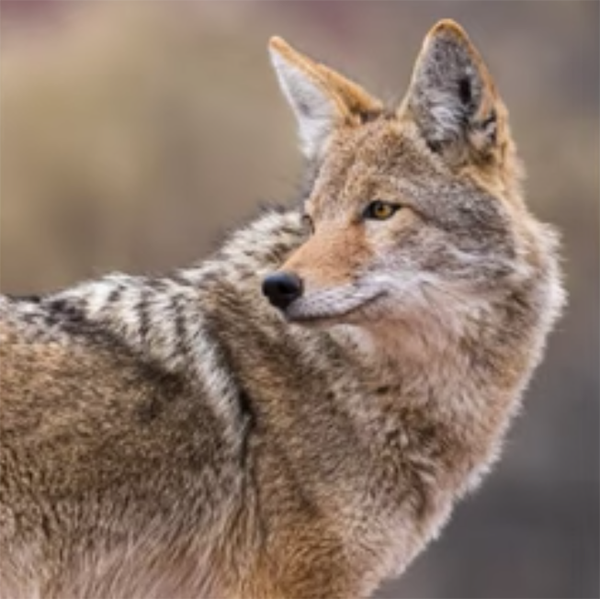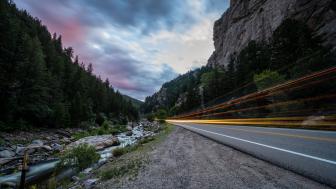The BEST Camera Modes for Nature & Wildlife Photos: How & When to Use Them (VIDEO)

Your camera offers variety of shooting modes, each tailored to shooting different types of images, and it's important to make the right choice if you what the best results possible. This tutorial from the folks at Light Benders Visuals is targeted at wildlife and nature photographers and provides solid pro advice for getting the job done.
Instructor Brent Hall says there are three mode of primary interest to wildlife photographers among the various options available on most cameras. Hall ignores fully automatic and program modes and concentrates on those that "enable you to shoot with more intent."
The episode begins with a discussion of two commonly used semi-automatic modes, Shutter Priority and Aperture Priority. Hall says Shutter Priority is the most basic and easiest to understand—especially for less experienced photographers or those who aren't fully acquainted with their cameras.

Hall says Shutter Priority makes a lot of sense for wildlife photography because subjects are often in motion, like birds in flight. By controlling the shutter speed and letting the camera set an appropriate aperture you can freeze action and make sure moving subjects are sharp. He also explains how EV compensation factors into the equation.
The next option is Aperture Priority mode, and Hall explains why it's not typically his first choice. That's because it's the opposite of Shutter Priority in that you set the f/stop and leave it up to the camera to choose a corresponding shutter speed. That can work fine with stationary subjects, but not so much when it comes to freezing movement.
The advantage of Aperture priority is that it enables you to thoughtfully control depth of field. This can help isolate subjects from busy backgrounds by using a small aperture that provides a narrow range of focus to make the primary subject really stand out from the surroundings. Another factor to consider is that lenses with long focal lengths inherently provide less depth of field than wider lenses.

Another problem with Aperture Priority mode is that "cameras are kind of stupid" in that they don't know what you're shooting. Thus, if you're using a long lens and set a narrow aperture, you're likely to miss focus because of insufficient depth of field.
One solution to this problem, available in some cameras, is to dive into the menu and set a minimum shutter speed for the task at hand. That way the camera will increase ISO instead of choosing a shutter speed that's too slow for optimum results. Doing this is also a good option when shooting hand-held in less than idea light.
As you may expect, shooting in Manual mode is the third option Hall recommends for wildlife photography, and it's the one Hall prefers for reasons he explains. While this can initially be a bit more involved than either of the two semi-automatic modes, it become quite simple after a bit of practice, and there are specific benefits to be had.
You can learn more about Hall and view his impressive imagery by paying a visit to his website.















































